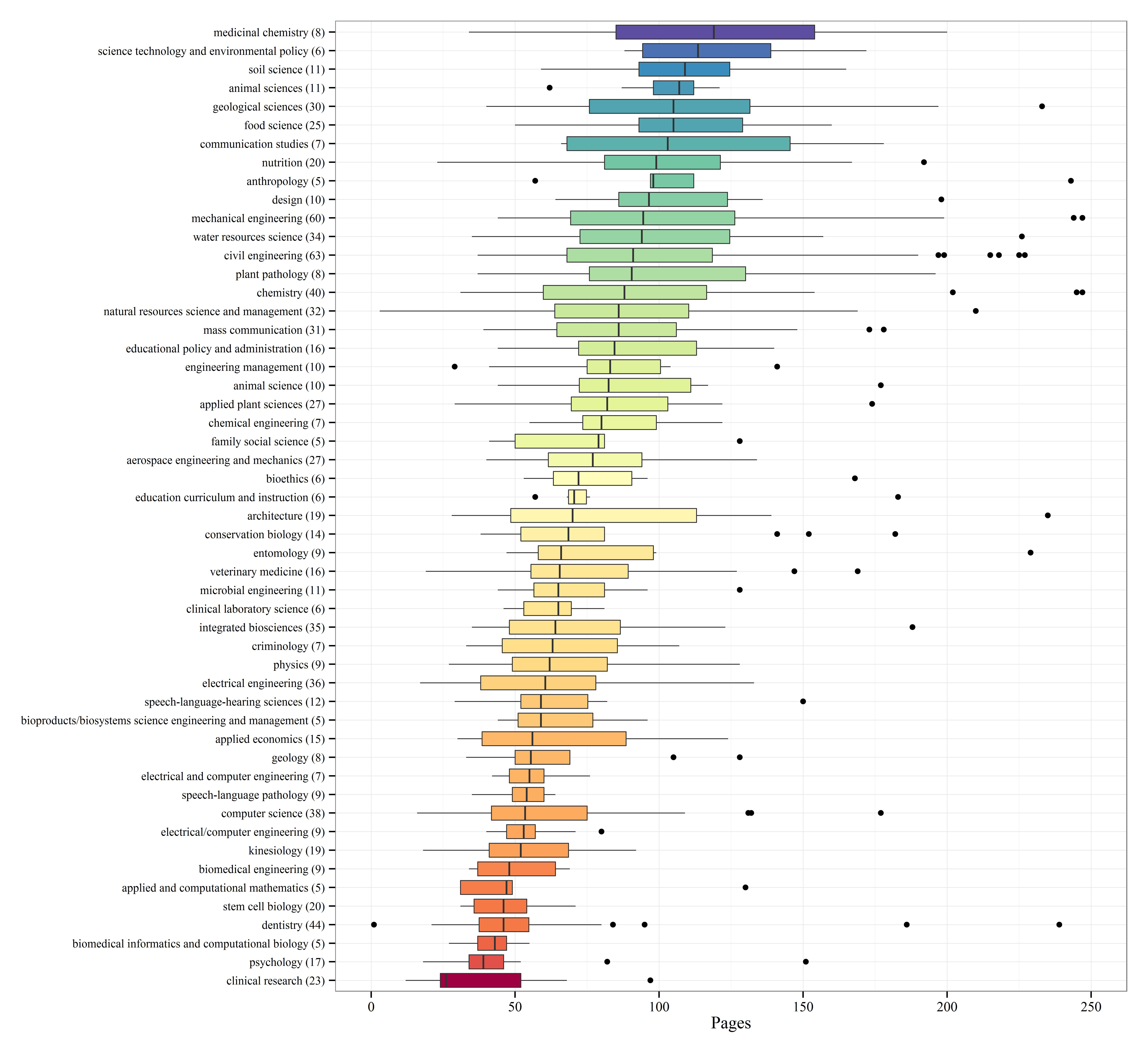How Uber is gaining the headlines in the year 2015:
- Stunning pictures of Paris in chaos as anti-Uber taxi drivers ambush cars and set fires
- Uber backlash: taxi drivers' protests in Paris part of global revolt
- London streets blockaded as taxi drivers protest against Uber
... and how things might change in the future.
MT @lmonasterio Headline of a Newspaper in 2030: Protesting Uber Drivers Attack self-driving taxis #uber #automatedvehicles
— Urban Demographics (@UrbDemogrphics) June 28, 2015










